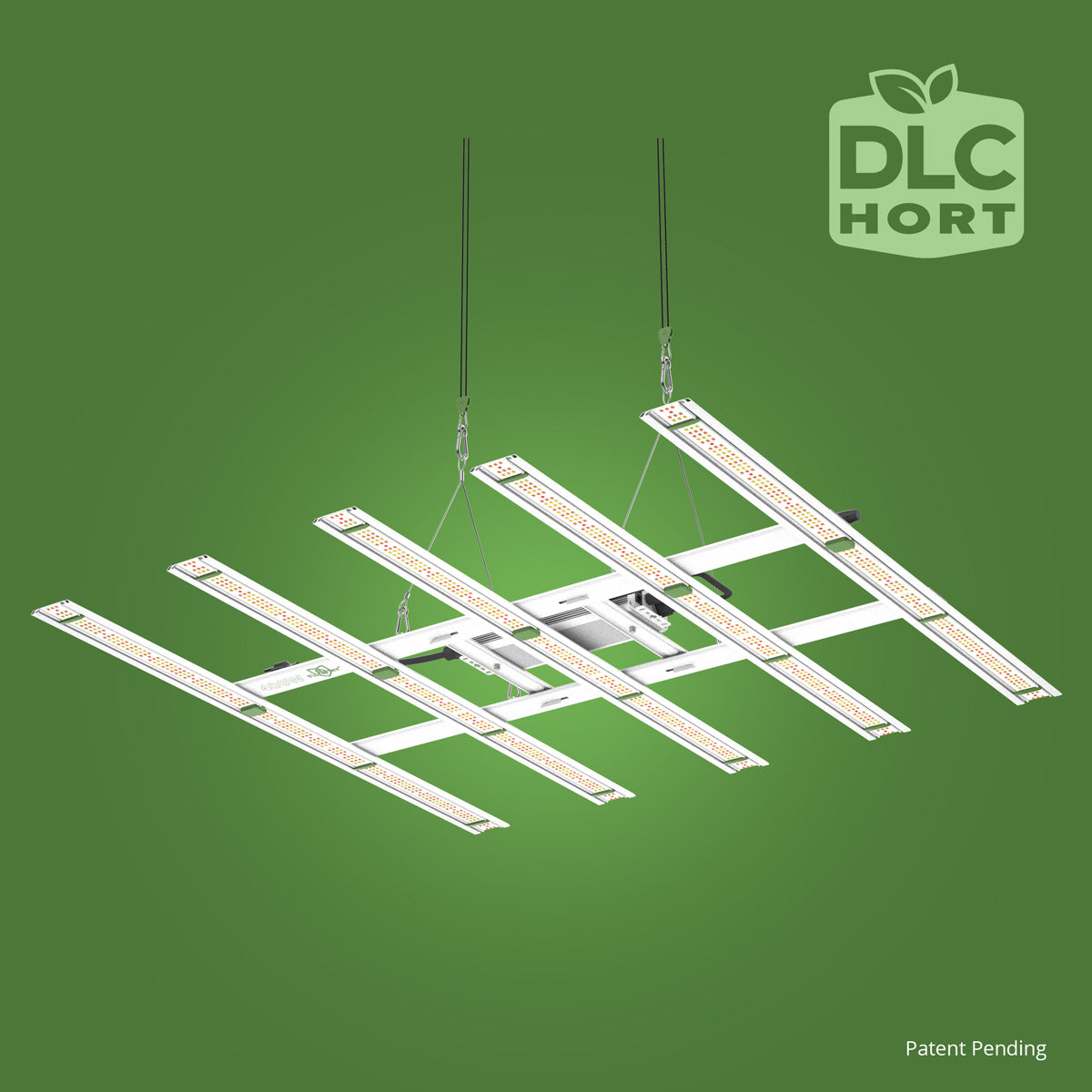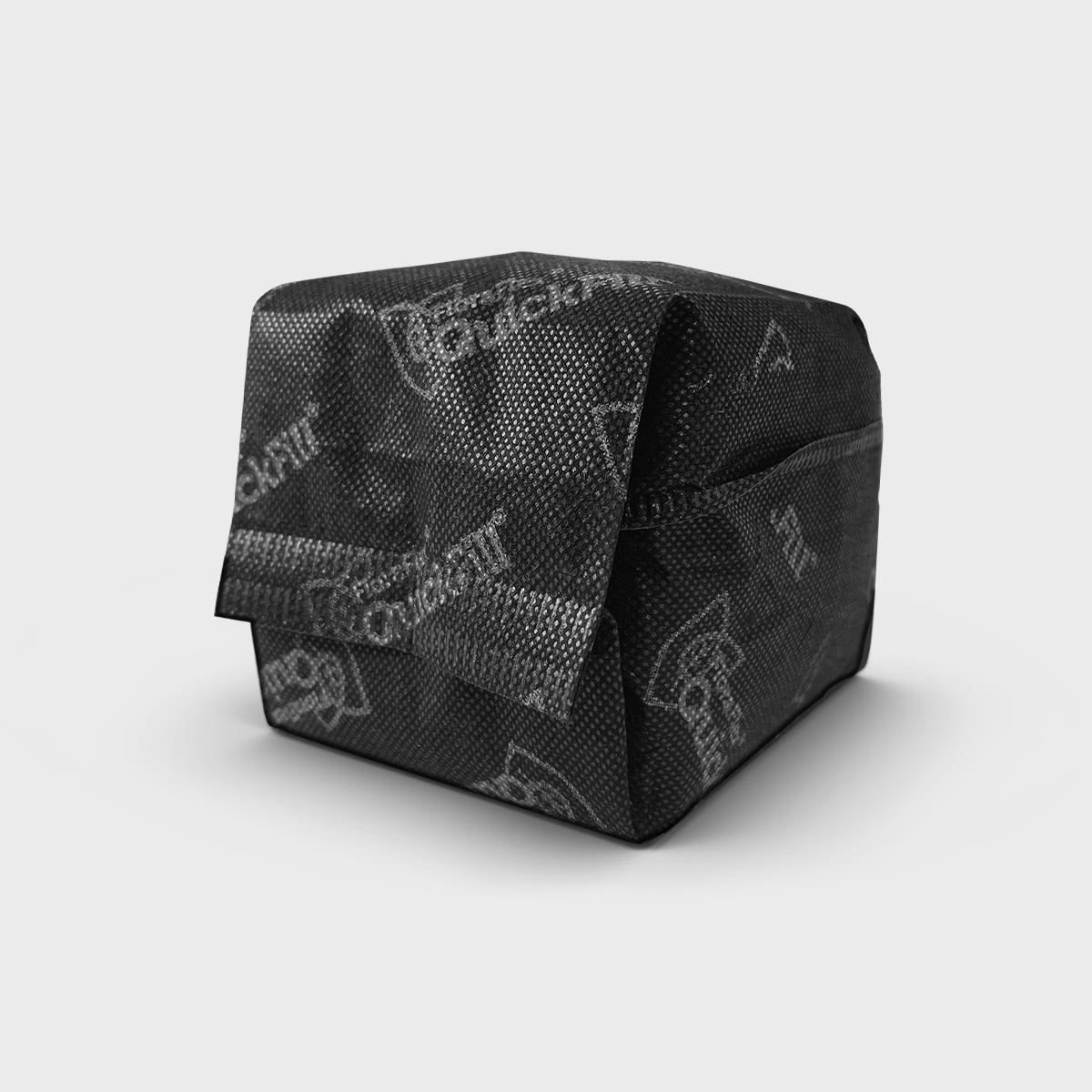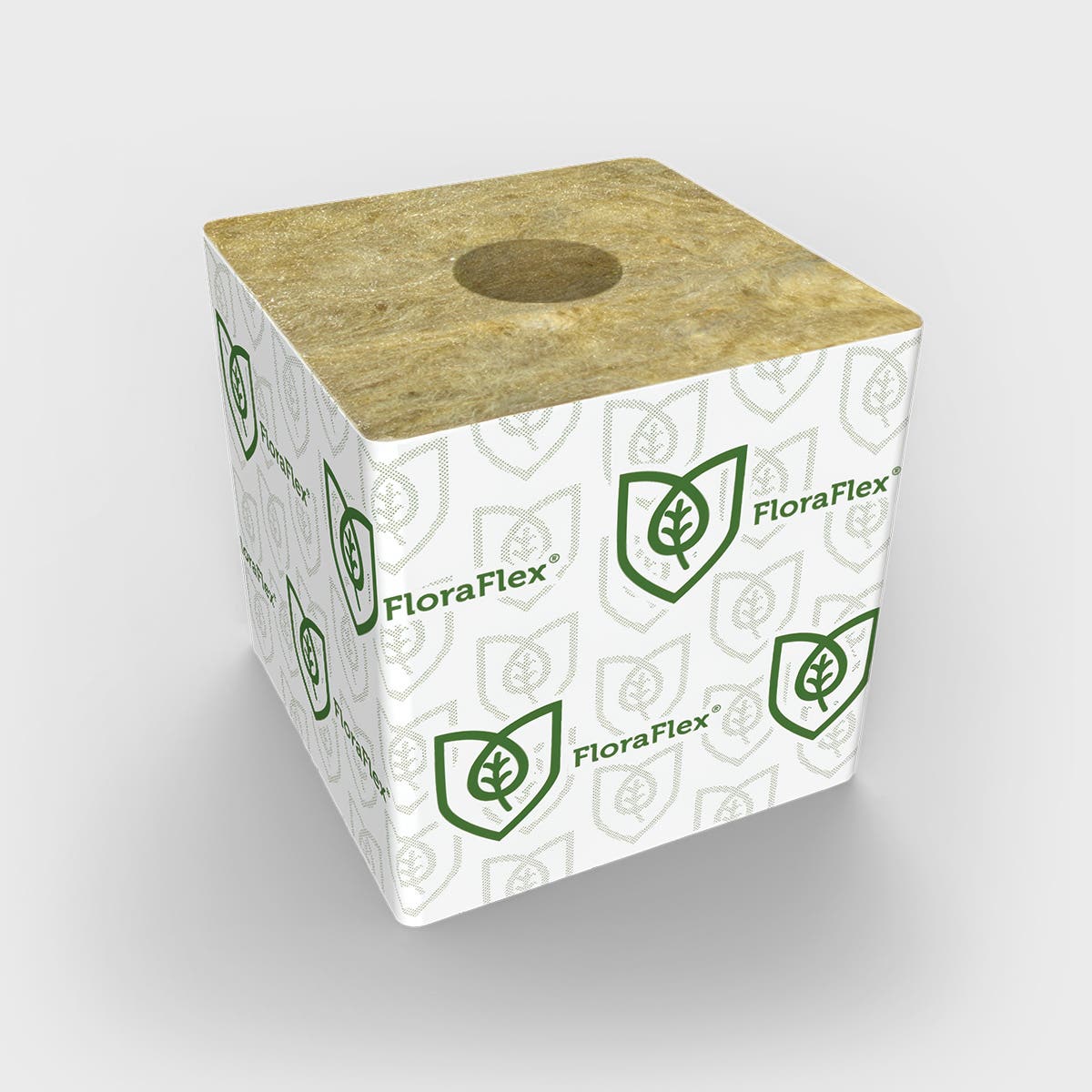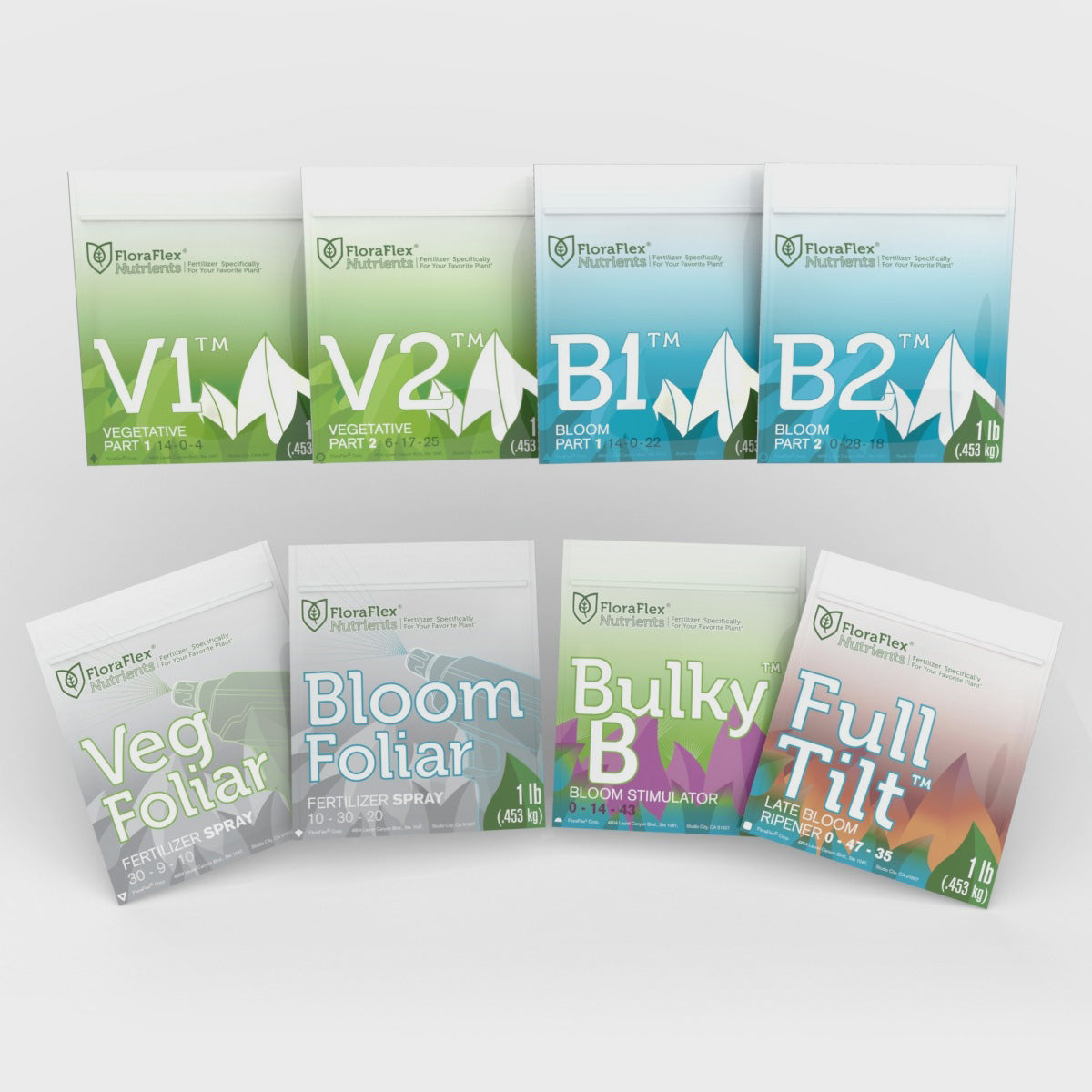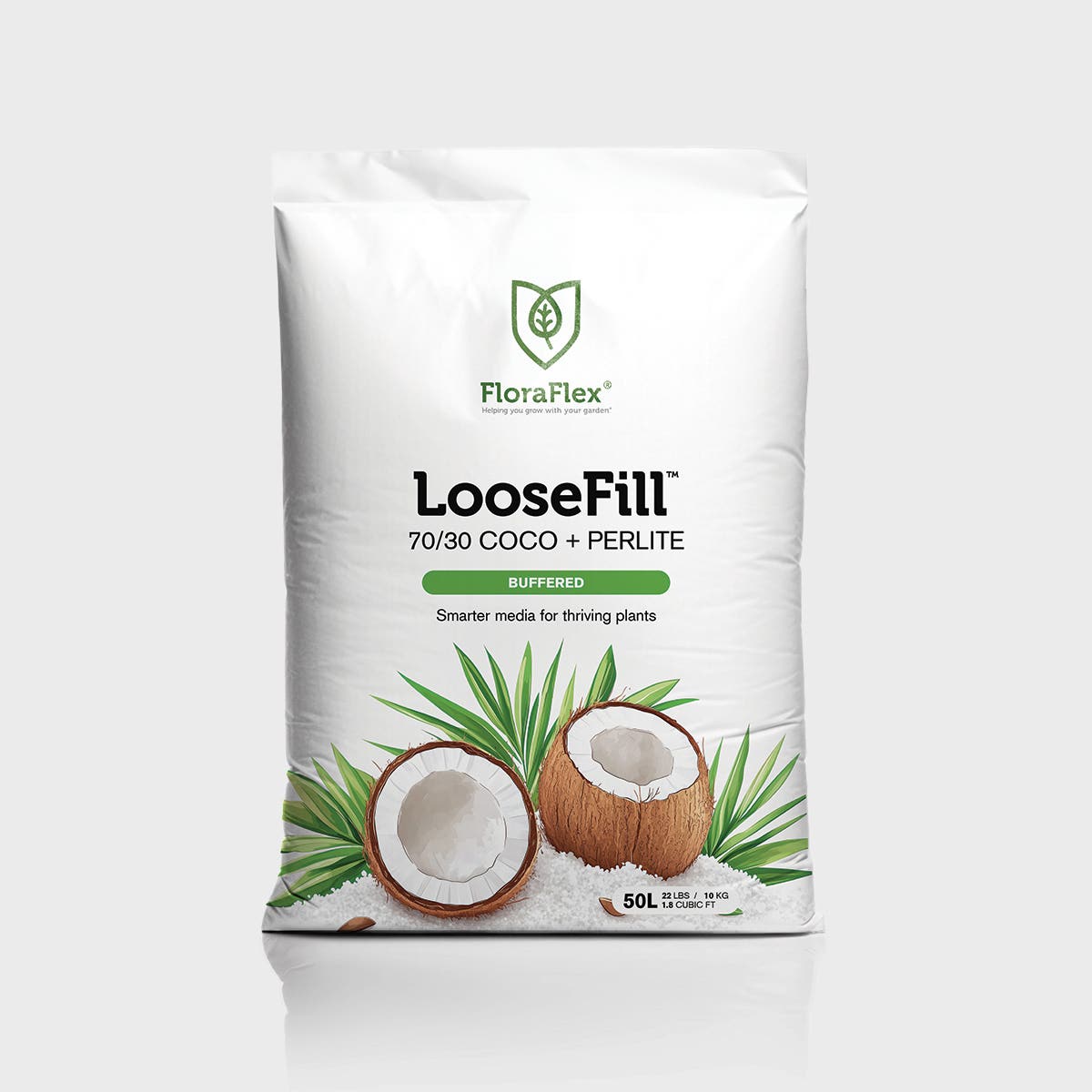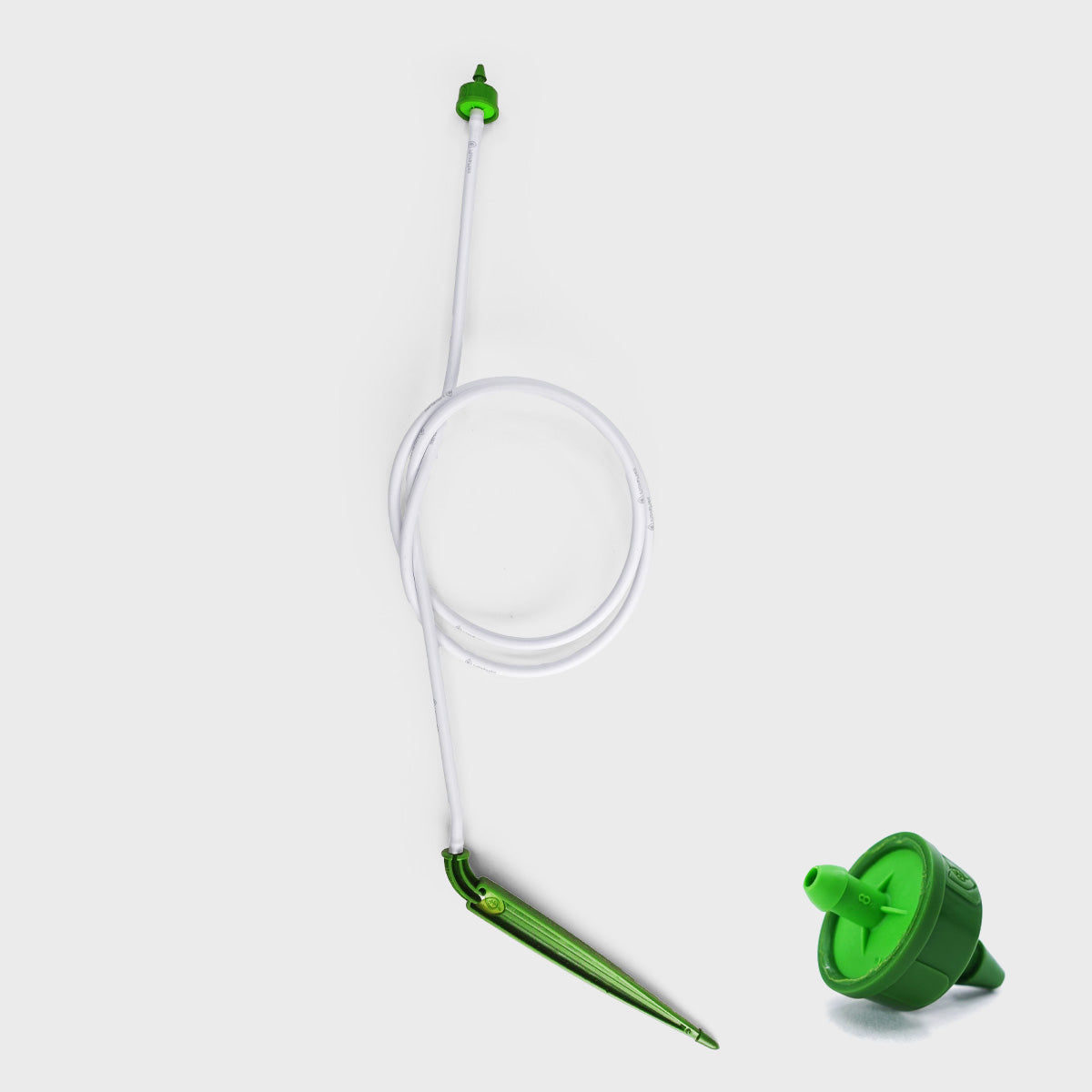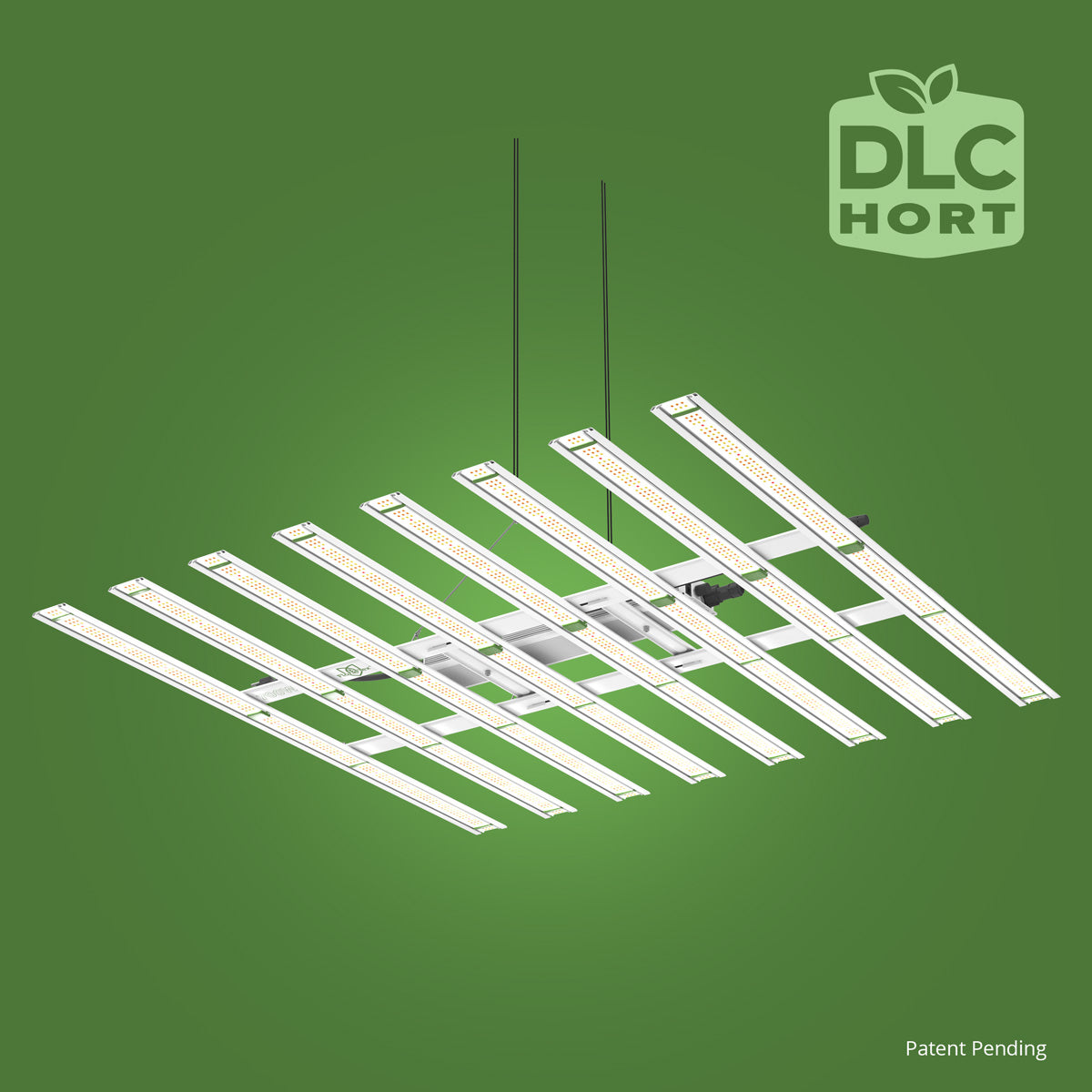Pruning is a fundamental practice in cannabis cultivation that involves selectively removing parts of the plant to promote optimal growth, improve yields, and enhance overall plant health. By understanding the various pruning techniques available, cannabis growers can shape their plants, control canopy development, and maximize productivity. In this comprehensive guide, we will explore different cannabis pruning techniques, including their purposes, methods, and when to apply them.
Understanding the Importance of Pruning in Cannabis Cultivation
Why Prune Cannabis Plants?
Pruning serves several essential purposes in cannabis cultivation:
-
Improved Light Penetration: Pruning helps maximize light penetration into the lower parts of the plant, ensuring that all buds receive adequate light for optimal growth and development.
-
Airflow and Pest Prevention: Pruning facilitates better airflow within the canopy, reducing the risk of mold, mildew, and pest infestations. It also helps maintain a healthier and more vigorous plant.
-
Bigger and Better Buds: By selectively removing unnecessary foliage and redirecting the plant's energy, pruning encourages the development of larger, denser, and higher-quality buds.
-
Canopy Control: Pruning allows growers to shape and control the canopy, creating an even and uniform growth pattern that maximizes light exposure and promotes an efficient use of space.
Now that we understand the importance of pruning let's explore some common pruning techniques used in cannabis cultivation.
Common Cannabis Pruning Techniques
1. Topping
Purpose: Topping involves cutting off the main shoot of the cannabis plant, promoting lateral branch growth and creating a bushier plant with multiple colas.
Method: Using clean pruning shears or scissors, cut off the top of the main stem, just above a set of nodes. This encourages the growth of two new main shoots from the nodes below the cut.
When to Apply: Topping is typically done during the vegetative stage when the plant has developed several sets of leaves. It should be done early enough to allow sufficient recovery time before flowering.
2. FIMing
Purpose: FIMing (F**uck, I Missed) is a technique similar to topping but involves a less precise cut. It stimulates branching and encourages the development of multiple colas.
Method: Instead of cutting the entire top, pinch or snip off the new growth at the tip, leaving about 20-25% of the growth intact. This creates multiple new shoots from the remaining growth.
When to Apply: FIMing is typically done during the vegetative stage when the plant has developed a few sets of leaves. It can be repeated as needed to encourage bushier growth.
3. LST (Low-Stress Training)
Purpose: LST involves bending and securing the branches of the cannabis plant to create a horizontal canopy, promoting more even light distribution and bud development.
Method: Gently bend the main branches of the plant outward, away from the center, and secure them in place using soft ties or plant training clips. This encourages lateral growth and helps create a more even canopy.
When to Apply: LST can be started during the vegetative stage when the branches are still flexible. It is an ongoing process that can be continued throughout the plant's growth cycle.
4. Defoliation
Purpose: Defoliation involves the strategic removal of large fan leaves to improve light penetration, airflow, and nutrient distribution to the lower parts of the plant.
Method: Carefully remove selected large fan leaves, especially those blocking light from reaching lower branches and bud sites. Start with the larger leaves, leaving smaller leaves intact to continue photosynthesis.
When to Apply: Defoliation is typically performed during the vegetative stage and early flowering stage. It is important to avoid excessive defoliation during the flowering stage, as it may stress the plant.
5. Pruning Suckers
Purpose: Suckers are small shoots that grow in the crotches between the main stem and branches. Removing suckers helps redirect the plant's energy to more productive areas, such as developing colas.
Method: Locate the suckers growing in the crotches of the main stem and branches. Gently pinch or cut them off at the base to remove them.
When to Apply: Pruning suckers can be done throughout the plant's growth cycle whenever they appear. Regular monitoring is necessary to prevent excessive sucker growth.
Mastering cannabis pruning techniques is a valuable skill for any grower seeking to optimize their plant's growth, yield, and overall health. Whether you choose to top, FIM, LST, defoliate, or prune suckers, each technique serves a specific purpose in shaping the plant's structure and maximizing its potential. Remember to practice proper sanitation, use clean tools, and monitor your plants' response to ensure a successful pruning process. With careful execution and observation, you'll be on your way to cultivating healthy, vigorous cannabis plants that produce bountiful, high-quality buds.

